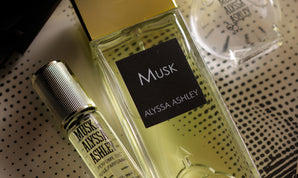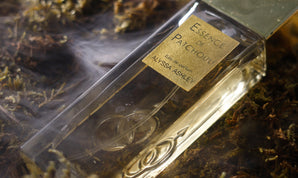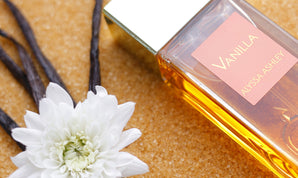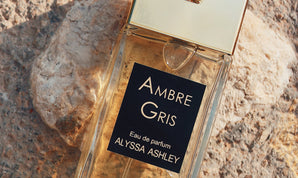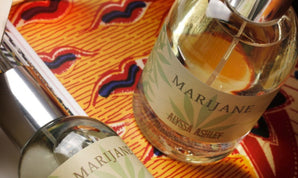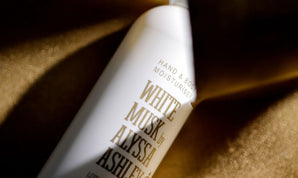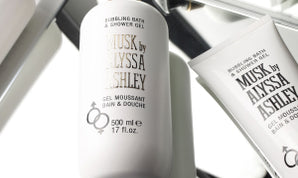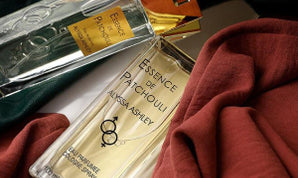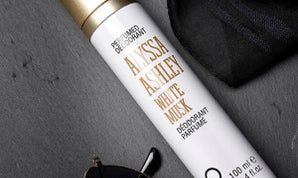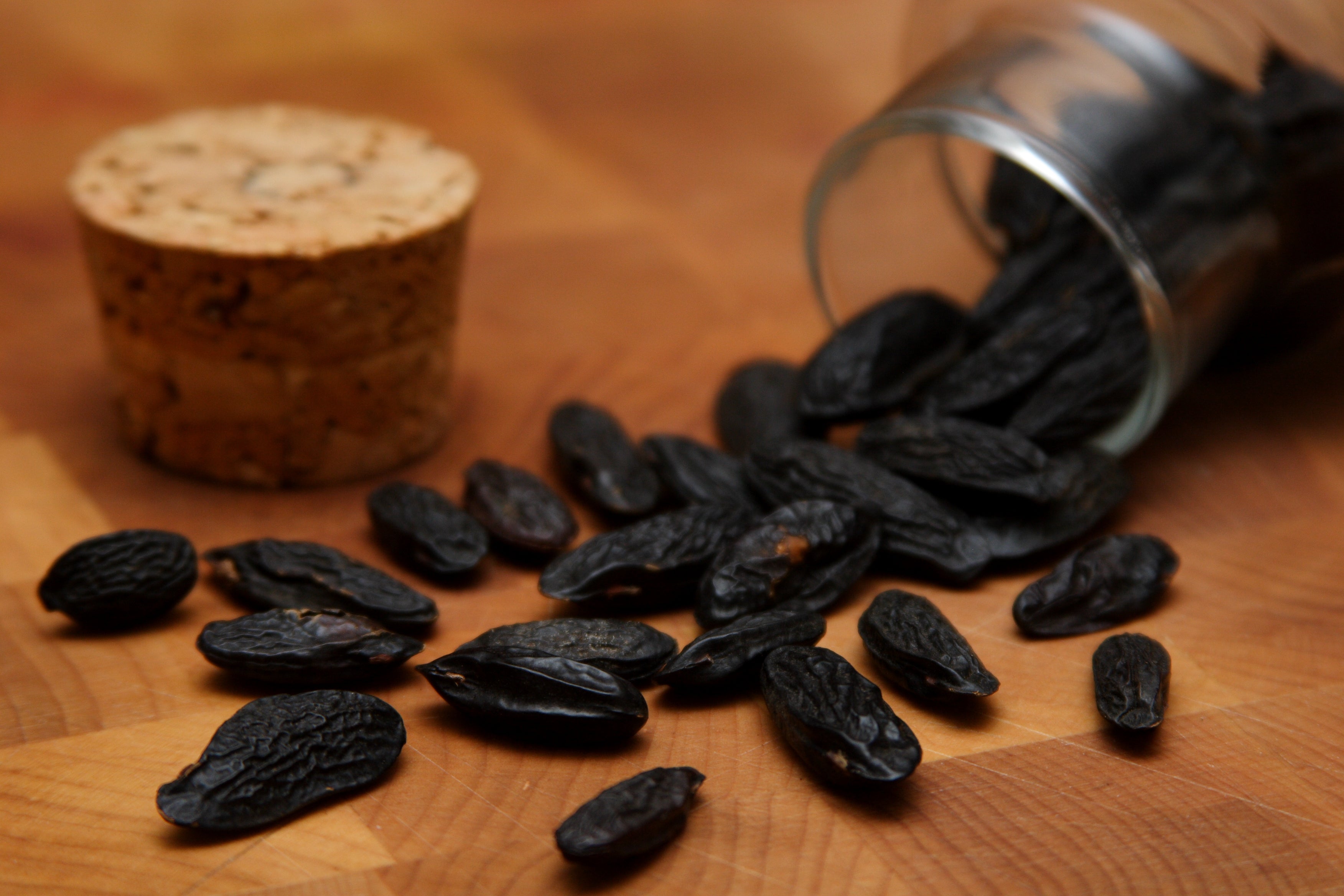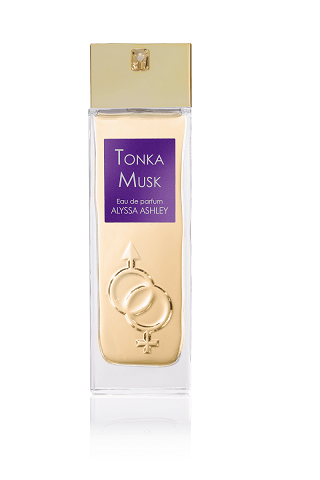"Once upon a time there was a Tonka bean".... That's how I think the story of this simple ,and yet mysterious ,raw material should start.
- What is tonka bean:the origin and meaning
- What does tonka bean smell like:Its role in perfumery
- His use in Europe
- Other characteristics of the tonka bean
What is tonka bean: the origin and meaning
In their Country of origin ( South America), Tonka beans are considered as a lucky charm. If you have a wish you really like to become true, you have to get a Tonka bean and a dead snake and make your wish squeezing in one hand the bean and in the other the snake.
Then you should throw the bean in a river and wrap the snake around the Tonka bean tree, the Dipteryx Odorata. Quite challenging operation, that's why some people follow a much easier ritual and keep the bean in their wallet as an amulet.
The fruit containing these beans are similar to small mangoes. When fresh,the beans are smooth and brown and the inner almond is white; when they grow older, the outside becomes black and wrinkly; its scent is a mix of honey, vanilla,almond and fresh cut grass. The old seeds are left macerating in rum for two or three days; then they get dried again until a new magic happens: the bean gets covered in a white crystal frosty shell, rich in Coumarin essential oil.
Since the plant has been imported in Europe by French, at the end of '700, and its Coumarin used by Paul Parket of Houbigant to create Fougere Royal in 1882 ( first Fougere in the history of perfumery), the Tonka bean and its natural isolated start an intensive and twisted path in the world of perfumery.
What does tonka bean smell like: its role in perfumery
At an olfactory level the two raw materials are very similar, besides the 40% of a Tonka bean is formed by Coumarin. Despite this, the absolute of Tonka beans has nevertheless a stronger olfactory richness and variety. The natural raw material is obtained with cold solvent extraction, its scent profile is rich, sweet, warm and enchanting with almondy, vanilla, caramelised olfactory facets.
It reminds of the smell of cut hay left in the sun, a mix of sweet and herbaceous scent. SOften we find descriptions which recall also the smell of tobacco , due to the fact that in the past Tonka beans extracts were used during the processing of tobacco leaves, which made the final aroma in the use, more round and pleasant. The Coumarin is more almondy, more direct with less olfactory facets; more powdery, characteristic that makes it employed in the processing of talc accords with ethyl vanillin.
His use in Europe
If in perfumery it has been used since the importation in Europe , its use in cooking is much more recent. Its almondy taste, vanilla like,with smoky and spicy notes, goes well together with chocolate, creme brûlée and ice cream ; it is also used in risotto and often in combination with pumpkin.
The Tonka bean needs to be grated ( like nutmeg) in small doses at the last minute, to keep the aroma intact , and then added it to the other ingredients of the dish. Its aromatic notes suggest the use also in cocktail, especially if based on whisky and cognac.
Other characteristics of the Tonka Bean
It looks like the Tonka beans not only have a pleasant taste and smell, but are also beneficial for health , in fact they act as sedative to sooth coughing.
However you need to pay attention to swallow the right quantity. The high level content of Coumarin, with its anticoagulant properties, may give undesirable effects for your health. It shouldn't be used by patients with blood coagulation problems or by anticoagulants consumers.
Moreover the prolonged use of Coumarin might damage your liver, reason why the FDA, American health organisation , has forbidden in Us ,the use and the commerce of Tonka beans since 1954; this is also why the legislation related to perfumery regulates the maximum quantity to be able to insert in a process.
So ,they've used the Tonka bean with thrift and lived happily ever after!
